After leaving the campsite I drove to the peninsular of Bygdoy,just west of the city centre. It is a surprisingly rural suburb ,but has several museums here.In the inlet between Bygdoy and the city there were thousands of boats(yachts,cruisers etc) moored.I don’t think I’ve ever seen so many in one place.
Of the five museums I visited, I started with the Fram museum.This was a ship constructed in 1892 specifically to survive being hemmed in icepack. It was built for Fridtjof Nansen,one of Norway’s legendary explorers, with the aim of getting stuck in the Arctic ice and proving that it flows westwards. It was successful expedition but took 3 years to drift across, but missed the North Pole.The same boat was later used by Roald Amundsen when he reached the South Pole ahead of Captain Scott in 1911.It is in an exhibition hall but you can go on board.There was much about polar exploration in general, and the specific expeditions, including Scott’s.
Across the road is the Kon Tiki museum,which displays both the Kon Tiki,the balsa raft which Thor Heyerdahl sailed across the pacific in 1947.And also there is the Ra II, the reed boat in which he successfully sailed across the Atlantic from north Africa to the Barbados.I first read Thor Heyerdahl’s book about the Kon Tiki voyage when I was about 11,and this was my first taste of armchair exploration.What I hadn’t remembered was that one of his crew on the Kon Tiki was Knut Haugland,Norway’s most decorated war hero,who had participated in the “Heroes of Telemark” sabotage on the heavy water plant.Another was Torstein Raaby,whose clandestine radio broadcasts reporting the position of the Tirpitz aided her sinking(he had “hot wired “ his radio transmitter to that of the German Admiral, and forwarded the messages to Britain)
Of the five museums I visited, I started with the Fram museum.This was a ship constructed in 1892 specifically to survive being hemmed in icepack. It was built for Fridtjof Nansen,one of Norway’s legendary explorers, with the aim of getting stuck in the Arctic ice and proving that it flows westwards. It was successful expedition but took 3 years to drift across, but missed the North Pole.The same boat was later used by Roald Amundsen when he reached the South Pole ahead of Captain Scott in 1911.It is in an exhibition hall but you can go on board.There was much about polar exploration in general, and the specific expeditions, including Scott’s.
Across the road is the Kon Tiki museum,which displays both the Kon Tiki,the balsa raft which Thor Heyerdahl sailed across the pacific in 1947.And also there is the Ra II, the reed boat in which he successfully sailed across the Atlantic from north Africa to the Barbados.I first read Thor Heyerdahl’s book about the Kon Tiki voyage when I was about 11,and this was my first taste of armchair exploration.What I hadn’t remembered was that one of his crew on the Kon Tiki was Knut Haugland,Norway’s most decorated war hero,who had participated in the “Heroes of Telemark” sabotage on the heavy water plant.Another was Torstein Raaby,whose clandestine radio broadcasts reporting the position of the Tirpitz aided her sinking(he had “hot wired “ his radio transmitter to that of the German Admiral, and forwarded the messages to Britain)
Also in the same location is the Norwegian maritime museum, which, despite Norway's rich maritime history I didn’t find it anything like as fascinating as the explorers’ museums.
Moving on a mile are two more museums,both a fixture in Oslo for many years.I visited the Viking ship museum.This houses 3 viking longships ,which were discovered and excavated in the late 19th century.They were buried as part of funerals in about 800 AD.Two are virtually complete,and of the third just the lower section and keel remain.There are also quite a lot of grave goods in the form of carved wooden tools,boxes,sleds etc.on display .There is also ornate metalwork although the valuable stuff was looted in antiquity.
Moving on a mile are two more museums,both a fixture in Oslo for many years.I visited the Viking ship museum.This houses 3 viking longships ,which were discovered and excavated in the late 19th century.They were buried as part of funerals in about 800 AD.Two are virtually complete,and of the third just the lower section and keel remain.There are also quite a lot of grave goods in the form of carved wooden tools,boxes,sleds etc.on display .There is also ornate metalwork although the valuable stuff was looted in antiquity.
Finally,nearby ,is the Norwegian folk museum.This houses historic buildings,in the most part typical regional vernacular buildings,although there are also city buildings from around 1900.This museum began in the late 19th century,and there are some interesting buildings transported here including a Stave church.The buildings have obviously been around in the museum a long while,and although there were people in regional traditional dress around,showing that it is actively managed,I thought that more could be done to keep the little fields and vegetable gardens in better nick,as they were rather overgrown.I learnt the origin of the word ‘loft’ which is old Norse for a farm store building reached by outside steps.
By mid afternoon I reckoned I’d had enough of museums,and headed off 100km south to a stop-off at the town of Halden which is just before the Swedish border.Due to its border location it has a huge fortress,the Fredriksten festning which I drove up the hill to look at.Its current incarnation mostly dates from the 17th Century.In 1716 and 1718 it was the scene of fierce battles when the Swedes besieged it,the Swedish king being killed in the attack in 1718.In the first years of the 20th century it was updated to house modern howitzer batteries but when Norway later gained independence from Sweden in 1905,the defences were dismantled as part of the separation treaty.
The park area within the huge remaining fortifications is a popular place for jogging and dog walking. A huge stage is being prepared for production of Tosca which starts tomorrow.I thought that I might as well spend a free night in the car park here than drive over to the nearby campsite 500 yards away and pay £25.
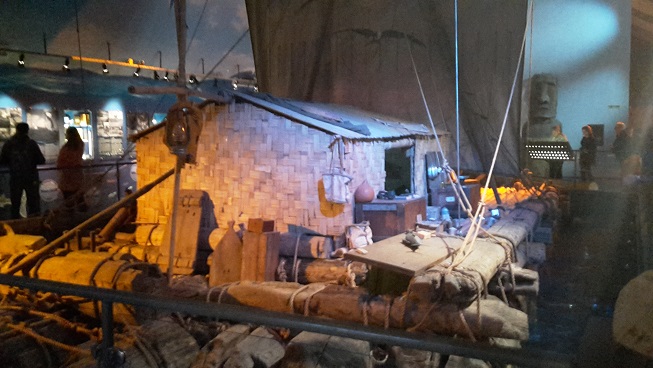

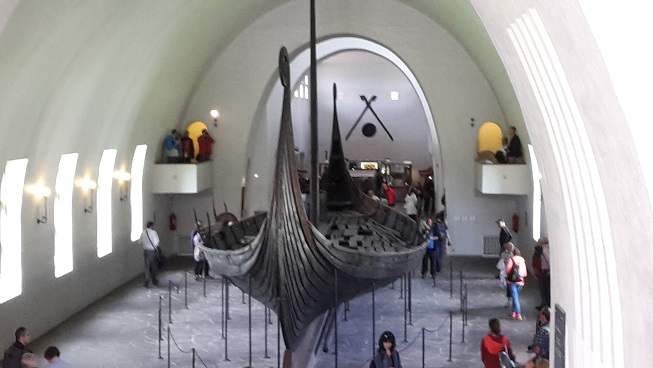
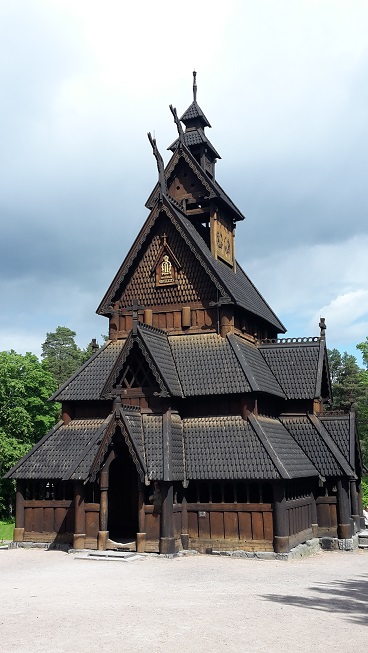
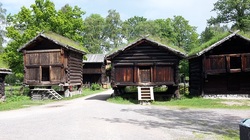
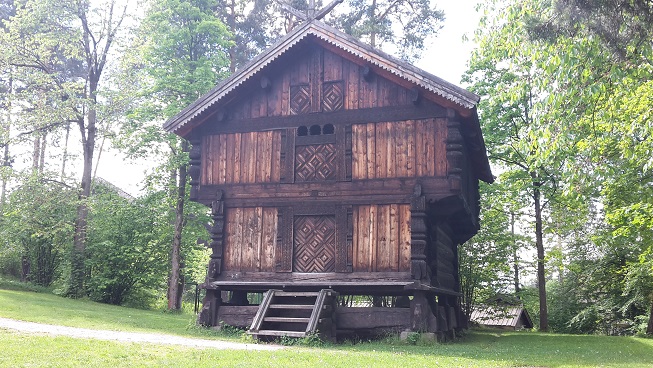

 RSS Feed
RSS Feed